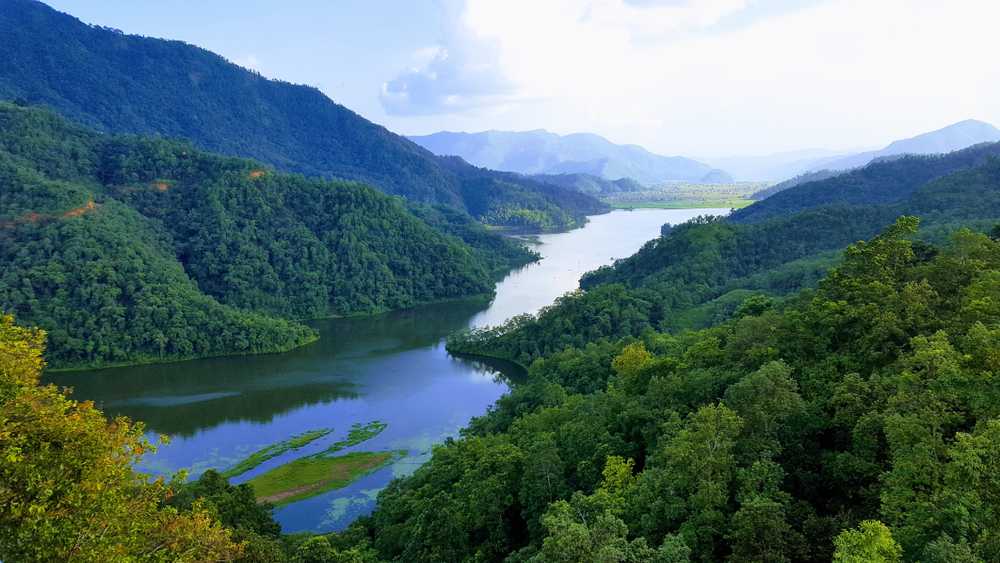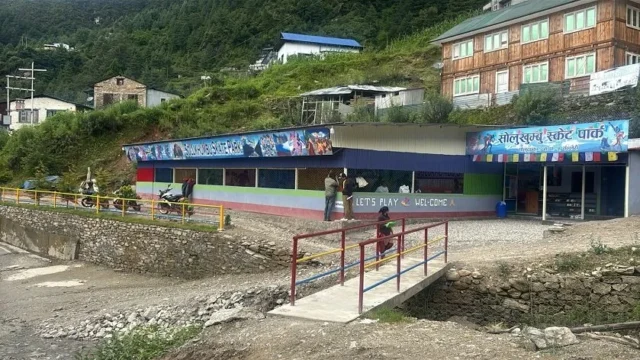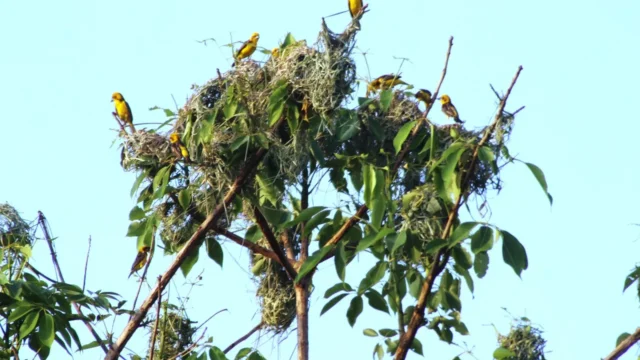Pokhara, Known as the “City of Lakes,” Pokhara is not only a popular destination for human tourists but also a favorite spot for various bird species, both domestic and foreign. The city’s nine lakes, some of which are listed in the Ramsar list of wetlands of international importance, contribute to making Pokhara an attractive destination for bird tourism as well.
According to Manshanta Ghimire, President of the Pokhara Bird Society, approximately 300 species of migratory birds visit Pokhara’s lakes annually from countries like China and Siberia. These birds are observed during different seasons, with raptors being common in the winter and cuckoos frequenting the lakes in the monsoon.
One of the Ramsar-listed lakes in Pokhara is Rupa Lake. Interestingly, Rupa Lake feeds foreign birds with fish worth around NPR 5 million every year. Shiv Prasad Adhikari, President of the Rupa Lake Restoration and Fisheries Cooperative, explained that during the winter, around 250 migratory birds from Siberia, primarily pelicans, consume a significant amount of fish. A single pelican can consume up to half a kilogram of fish daily.
At night, these birds roost in the nearby forests and return to the lake at sunrise to feed on fish. To protect and utilize the lake, a cooperative was established in 2001, focusing on fish farming and income generation. Currently, the cooperative includes 1,030 members and employs 24 people for fishing, guarding, and banking activities.
The cooperative has successfully produced fish worth approximately NPR 20 million annually, including species such as rohu, naini, common carp, silver carp, and tilapia. There are also about 24-25 local fish species in the lake. Rupa Lake has recently become an open classroom for research on aquatic life, wildlife, and environmental studies, attracting researchers from 25 countries each year.
Ramji Adhikari, an employee of the cooperative, stated that there is no market problem for the fish produced in Rupa Lake, with demand consistently high. The Rupa Lake Conservation Integrated Development Project is also working on infrastructure development to protect and develop the lake. The project’s target completion is expected to enhance the lake’s conservation, tourism development, and local living standards.
The project’s total cost is NPR 4.5288 billion, with 995 ropanis of land acquired, and compensation distributed for 987 ropanis. Infrastructure development, including road construction and a dam, is underway. Upon completion, the water level will increase from 620 meters to 624 meters, expanding the lake’s area from 122 hectares to 183 hectares.
The Rupa Lake Conservation Integrated Development Project aims to protect the lake and its associated biodiversity, contributing significantly to the preservation of aquatic and dependent wildlife. The creation of an open zoo, encompassing the surrounding forests, is also anticipated to enhance conservation efforts. The zoo, named Pachbhaiya Zoological Garden, will cover 134 hectares, including areas from Pachbhaiya, Chainpur, and Chapapani Chisakuna Community Forests.
Visitors to Rupa Lake can enjoy the scenic beauty of the lake and observe various animals such as leopards, nilgai, spotted deer, wild boars, pythons, white vultures, Himalayan vultures, and turtles in the zoo. Additionally, Rupa Lake has the potential for pearl production, with initial tests underway to explore this possibility.





